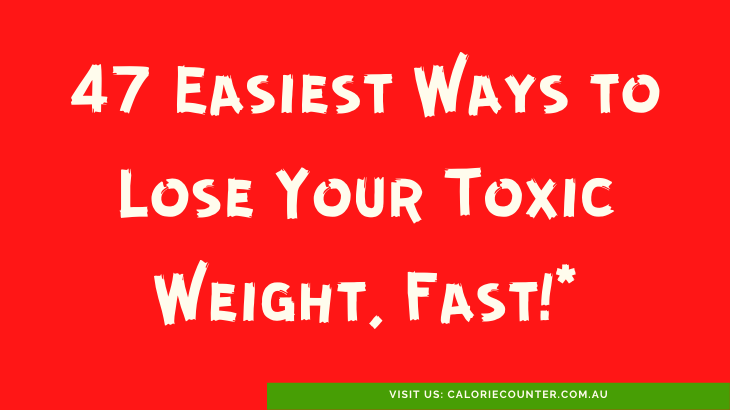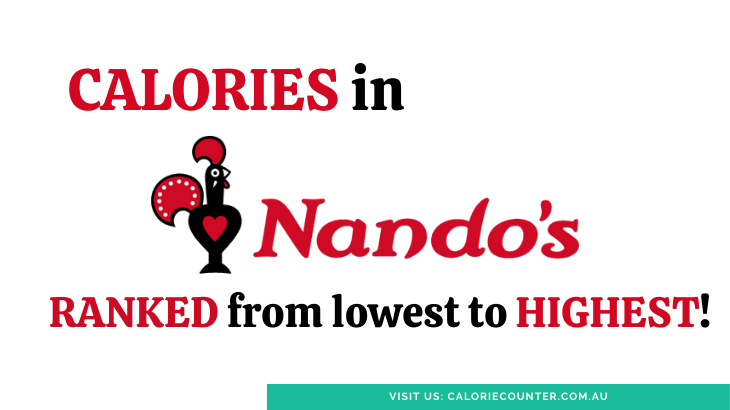Fitspo is Fitspiration (fit + inspiration) and in case you have not noticed, Fitspo is exploding right now. But what exactly is it? Well, Fitspo is the photograph of a buff model hanging up in the gym with the caption: “Excuses Burn Zero Calories!”, or the Instagram picture of someone’s peanut butter and blueberry sandwich labelled: “Eat Clean or Die!”.
The visual images and edgy word phrases are designed to motivate people to push themselves harder, exercise until it hurts, deny their food cravings, and aspire to look like an air-brushed TV infomercial star. These images and slogans are shared widely on social media, so it is not really possible to avoid seeing them, but we can think of three good reasons why you should not jump on this particular bandwagon.
1) Obsession with Body Image is Unhealthy
Fitspo models have minimal body fat and maximum muscle tone. They are usually pictured doing some sort of tough exercise like stomach crunches or hill-sprints. When you see their faces they are not smiling, instead they purse their lips in determination or furrow their brows with the effort of tightening their perfect abs. When they are not running or skipping or lifting, they are resting after a tortuous workout, with sweat droplets forming rivulets which course down chiseled torsos and arms akimbo. Then there are the mantras:
-
“Fall 7 times, Get Up 8”;
-
“When I exercise I wear Black, It’s like a Funeral for my Fat!”;
-
“I am Proud, but Never Satisfied!”;
-
“Walk in Strong, Crawl out Stronger”;
-
“You are 6 Months away from This!” (under a picture of a bared-midriff 20-year-old);
-
“Sweat is Fat Crying! Boo Hoo!”
The whole point of Fitspo is to get you to think about your body as something that needs to be punished in order for it to look acceptable to others. It is a life philosophy where every aspect of your daily routine is geared towards building or maintaining your body to look like a Fitspo picture. Your sense of self-worth becomes tied to how you perceive your body to be, because so much of your time is taken by the attempt to attain the “perfect” body.
The time and mental energy spent on a single pursuit comes with a hefty opportunity cost. We all know stories of people who have neglected their physical health when they focus on something else that takes up all of their energy – just think of the aged person who does not eat because of loneliness, or the obese computer programmer who spends all of her time coding the next killer app.
The person who takes Fitspo to heart is the other side of the coin – who knows what they might be able to accomplish in other areas of their lives if they were not obsessed with their bodies?
2) Comparisons are Unhealthy
Fitspo is all about comparing yourself to the ideal. Just about every Fitspo message contains the subtext: look at yourself, now compare yourself to this! The consumer of Fitspo is made to feel inadequate in their present state, and promised that they will be whole and fulfilled if only they could change themselves to become more like the model in the picture.
We know that this is so because a number of studies like this one have shown that self-satisfaction declines when people are presented with images of idealised body models. The problem with comparing yourself to an aspiring model who has 8% body fat is that it does not help you to achieve your goals. Many studies, including this one show that using comparisons to motivate behaviour is actually counter-productive in the long run. You may be shamed into visiting the gym a few times but common-sense will soon kick in and you will stop. It will then be that much harder to motivate yourself to get back into it later.
When we look at Fitspo we see the shining happy trailer, not the full movie. Each piece of Fitspo out there has been photo-shopped, edited, tested and designed to make you feel inferior. Happy, self-secure, well-meaning people do not set out to purposefully make other people feel bad about themselves. Remember the old saying “Misery loves company”?
3) Fitspo has a Hidden Agenda
It’s all about the Scrilla, yo.
Once a Fitspo “star” gets a following on a social media account, the product placements, ads and endorsements will surely follow. The teams behind the messages and photos are not paid to make you succeed in your health goals, they are paid to make a product that is attractive to advertisers. That means making a buzz with whatever gets the most followers, hence the edgy slogans and the scantily-clad models. Now, there is nothing wrong with advertising products which help consumers to make healthy lifestyle choices, but there is something insidious about the covert nature of Fitspo commercialism.
We all know why James Bond drinks Heineken but it is not as obvious when our favourite Fitspo Instagrammer drinks Exxtreme Nutrition Amino Whey Blaster Shake.
Advertisers have always exploited people’s vulnerabilities about self-image, but Fitspo seems to have taken it to a new level of ick.









